Cervical spondylosis, also known as neck arthritis or cervical osteoarthritis, is a common age-related condition that affects the cervical spine. Understanding its causes, recognizing its symptoms, and implementing effective management strategies are essential for individuals experiencing neck discomfort or pain. In this comprehensive guide, we delve into the intricacies of cervical spondylosis, shedding light on its underlying causes, prevalent symptoms, and optimal management approaches.
Understanding Cervical Spondylosis
What is Cervical Spondylosis?
Cervical spondylosis refers to the degeneration of the cervical vertebrae and discs in the neck region. As we age, the cartilage and bones in the cervical spine undergo wear and tear, leading to the development of bony spurs (osteophytes) and narrowing of the spinal canal (stenosis). These changes can exert pressure on the spinal nerves and surrounding structures, resulting in neck pain and other symptoms.
Causes of Cervical Spondylosis
Age-related Degeneration
The primary cause of cervical spondylosis is age-related degeneration. Over time, the intervertebral discs lose moisture and elasticity, leading to decreased disc height and spinal instability. Additionally, the formation of osteophytes and thickening of ligaments contribute to the narrowing of the spinal canal and compression of nerve roots.
Also read Mental Health in Today’s Youth: Addressing Challenges and Seeking Support
Lifestyle Factors
Certain lifestyle factors can exacerbate the development of cervical spondylosis. Prolonged sitting, poor posture, and repetitive neck movements can accelerate wear and tear on the cervical spine. Furthermore, smoking and obesity have been linked to increased inflammation and accelerated degeneration of spinal structures.
Symptoms of Cervical Spondylosis
Common Symptoms
Cervical spondylosis can manifest in various symptoms, which may include:
- Neck Pain: Persistent or intermittent neck pain, often worsened by movement or prolonged sitting.
- Stiffness: Reduced range of motion in the neck, accompanied by stiffness and discomfort.
- Radiating Pain: Pain that radiates from the neck into the shoulders, arms, or hands, often accompanied by numbness or tingling.
- Muscle Weakness: Weakness or numbness in the arms or hands, affecting grip strength and fine motor skills.
- Headaches: Cervicogenic headaches originating from the neck, often accompanied by neck pain and stiffness.
Management of Cervical Spondylosis
Conservative Treatments
Physical Therapy
Physical therapy plays a crucial role in the management of cervical spondylosis. Therapeutic exercises, stretching, and manual techniques can help improve neck flexibility, strengthen supporting muscles, and alleviate pain.
Medications
Nonsteroidal anti-inflammatory drugs (NSAIDs), muscle relaxants, and analgesics may be prescribed to alleviate pain and inflammation associated with cervical spondylosis. In some cases, corticosteroid injections may be administered to reduce localized inflammation and provide temporary relief.
Lifestyle Modifications
Ergonomic Adjustments
Improving ergonomics in the workplace and at home can help alleviate neck strain and reduce the risk of exacerbating cervical spondylosis symptoms. This includes maintaining proper posture, using supportive pillows, and taking frequent breaks from prolonged sitting or computer use.
Exercise and Stretching
Incorporating regular exercise and stretching into your daily routine can help improve neck strength, flexibility, and range of motion. Activities such as swimming, yoga, and gentle neck stretches can be beneficial for individuals with cervical spondylosis.
Surgical Intervention
In severe cases of cervical spondylosis where conservative treatments fail to provide adequate relief, surgical intervention may be considered. Surgical options may include decompression procedures, such as laminectomy or discectomy, to alleviate pressure on the spinal nerves and restore stability to the cervical spine.
Also read From Pain to Paralysis: The Dangers of Untreated Spinal Cord Compression
Conclusion: Empowering Individuals with Knowledge
Cervical spondylosis is a common condition that can cause significant discomfort and impair quality of life. By understanding its underlying causes, recognizing its symptoms, and implementing effective management strategies, individuals can take proactive steps to alleviate pain, improve function, and maintain spinal health. With proper care and attention, individuals with cervical spondylosis can lead fulfilling, active lives.
Note: We are also on WhatsApp, LinkedIn, and telegram, to get the latest news updates, Join our Channels. WhatsApp– Click here, to telegram – Click Here, and for LinkedIn– Click Here.



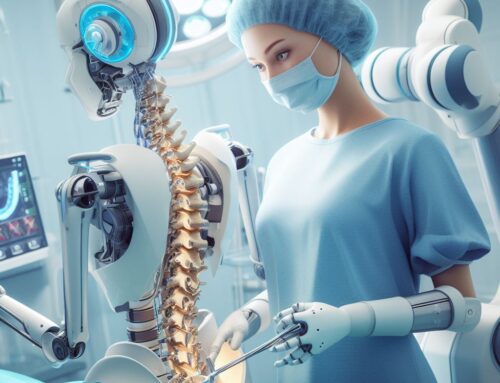
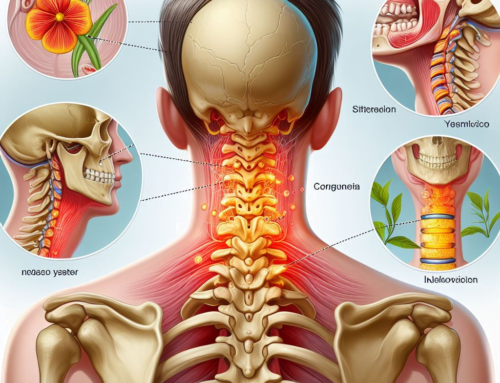
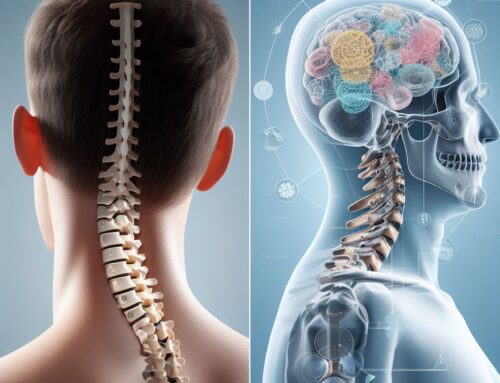
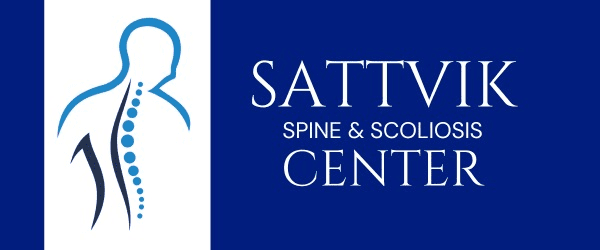



Get Social